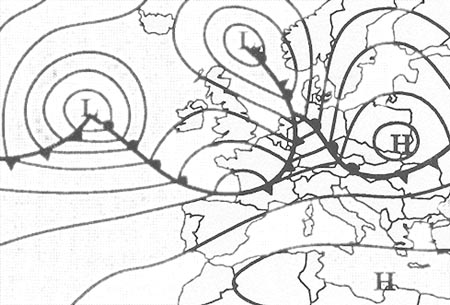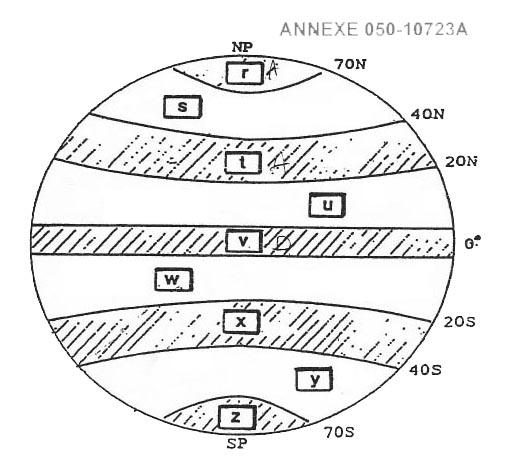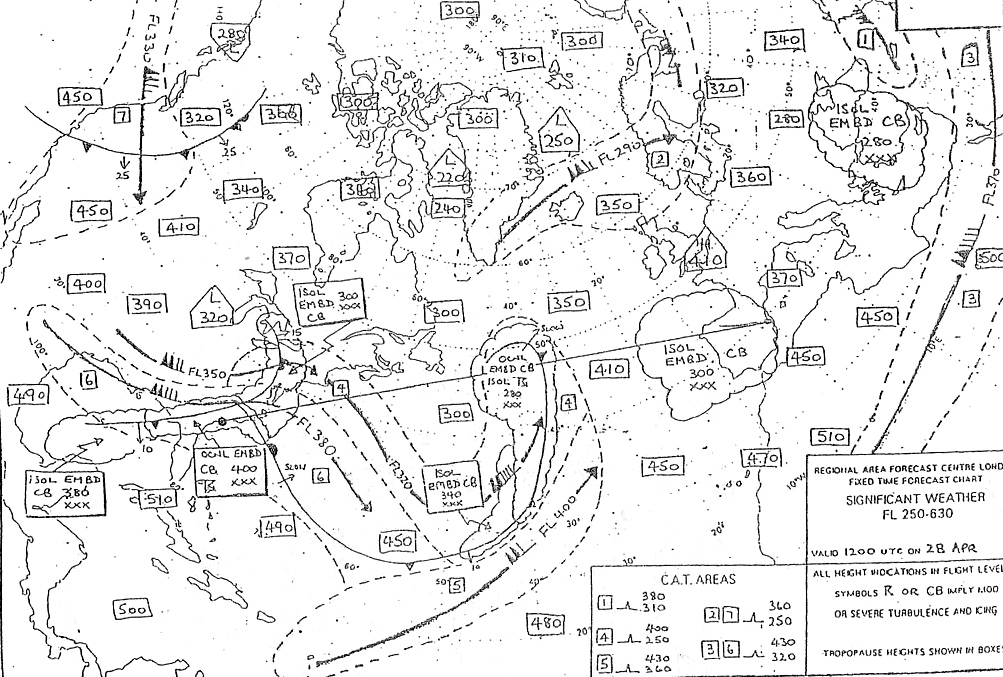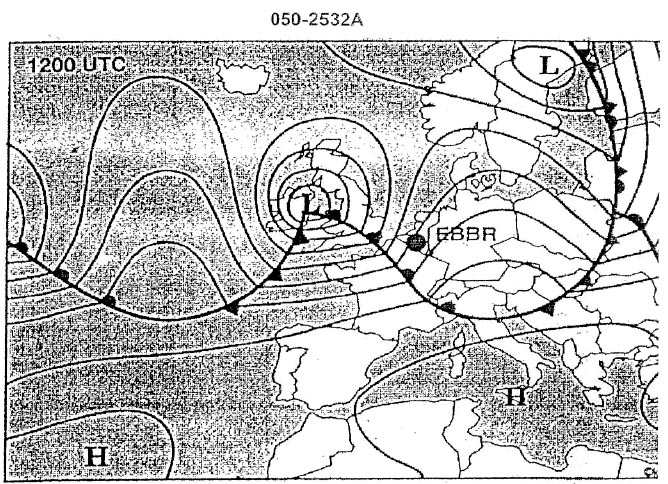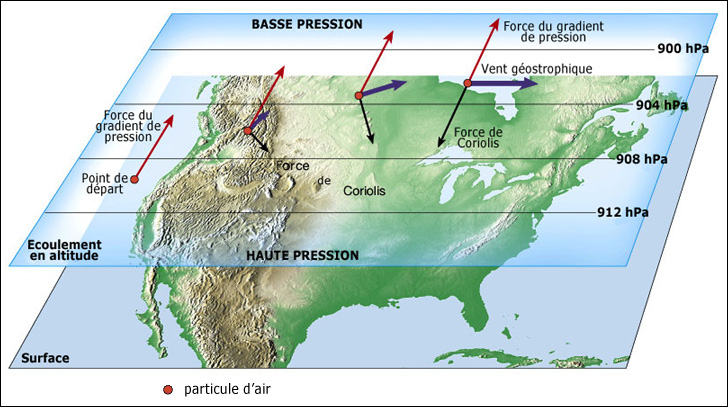Question 199-1 : An aircraft is 'homing' to a radio beacon whilst maintaining a relative bearing of zero if the magnetic heading decreases the aircraft is experiencing ? [ Level reports ]
Right drift
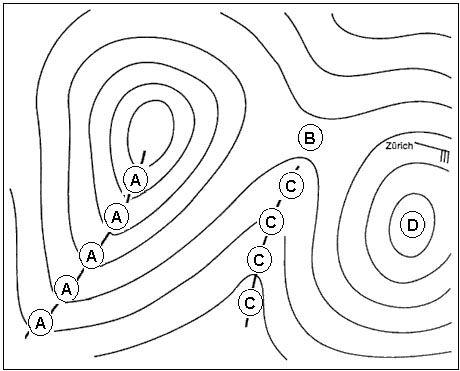
Question 199-2 : Which one of the following disturbances is most likely to cause the greatest inaccuracy in adf bearings ?
Local thunderstorm activity
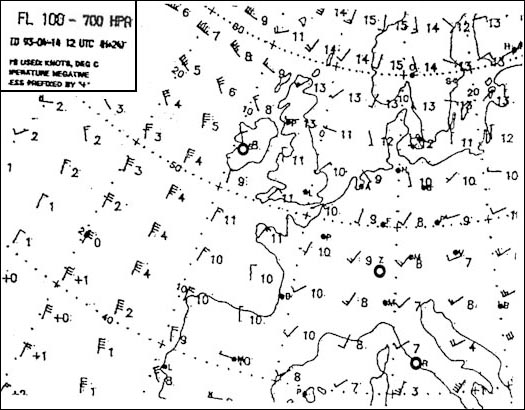
Question 199-3 : Of what use if any is a military tacan station to civil aviation ?
It can provide dme range
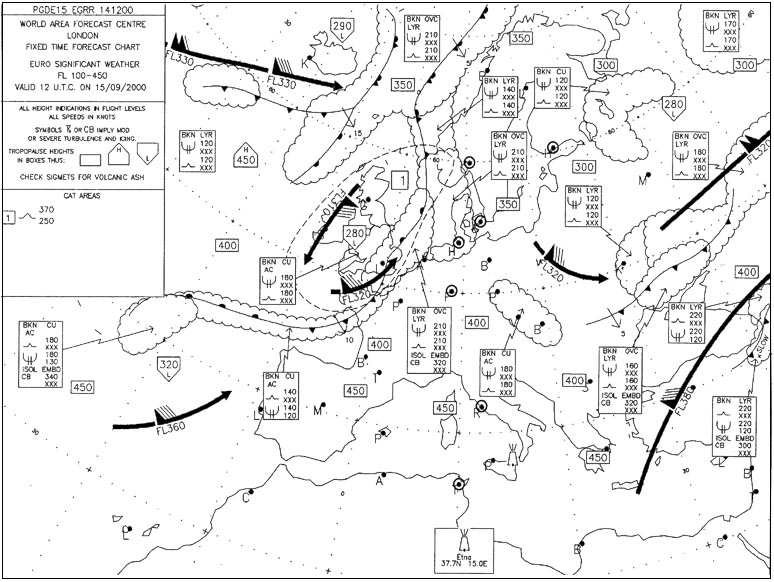
Question 199-4 : Which of the following is an ils localiser frequency ?
109 15 mhz
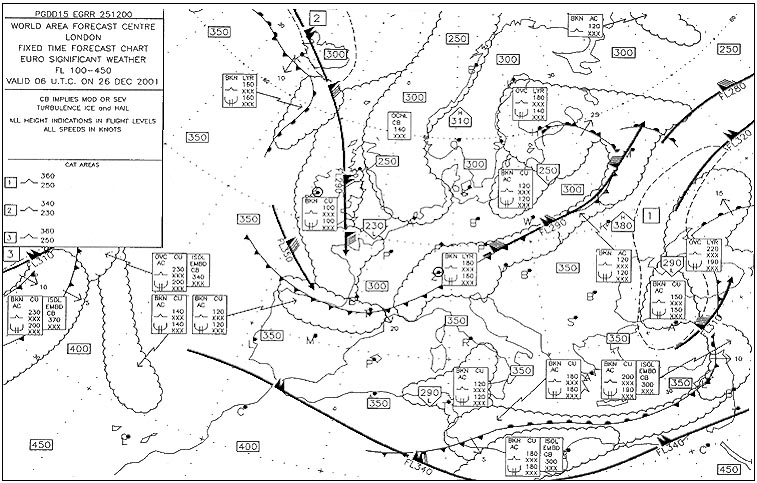
Question 199-5 : An ndb transmits a signal pattern in the horizontal plane which is ?
Omnidirectional
Question 199-6 : A vor and an ndb are located in the same position both the vor and the adf readings are displayed on the rmi the aircraft is tracking away from the beacons along the 090 radial the magnetic variation is changing rapidly which of the following is correct ?
The direction of the adf pointer will change the direction of the vor pointer will not change
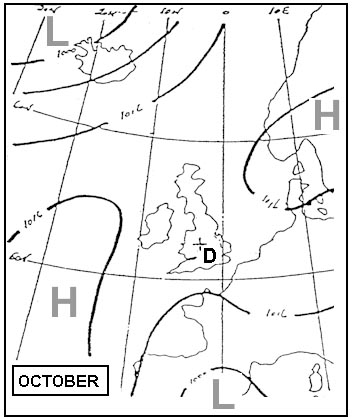
Question 199-7 : Which of the following is correct regarding false beams on a glide path ?
False beams will only be found above the correct glide path
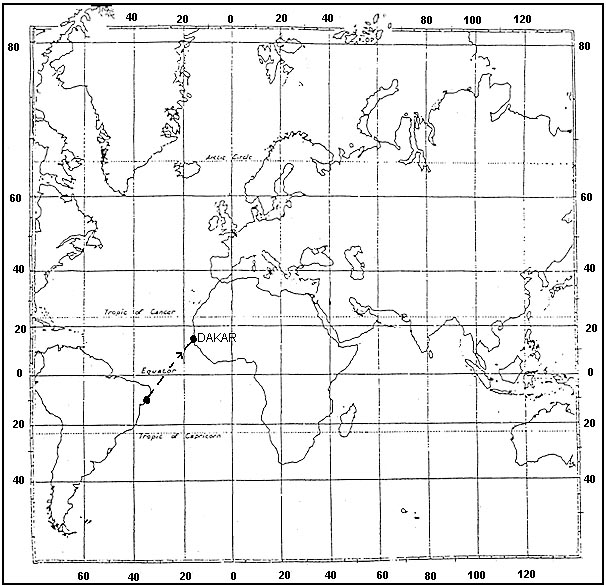
Question 199-8 : Which one of the following correctly lists the major ground based components of a microwave landing system mls ?
Separate azimuth and elevation transmitters dme facility
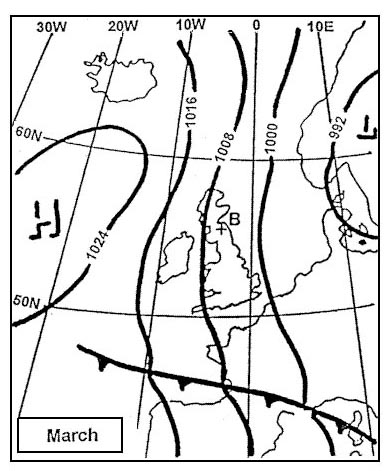
Question 199-9 : One of uses of the vdf service is providing aircraft with ?
Homing
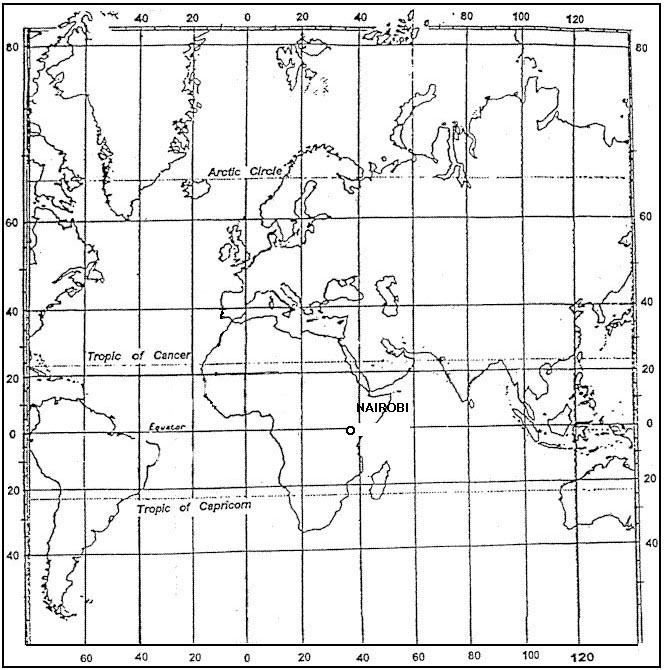
Question 199-10 : To provide a pilot with the position of the aircraft in the absence of radar atc must have at its disposal at least… ?
Two vdfs at different locations able to take bearings simultaneously on the transmitted frequency
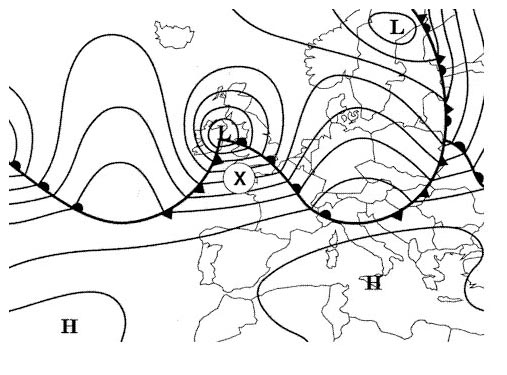
Question 199-11 : Allocated frequencies for ndb are ?
190 khz to 1750 khz
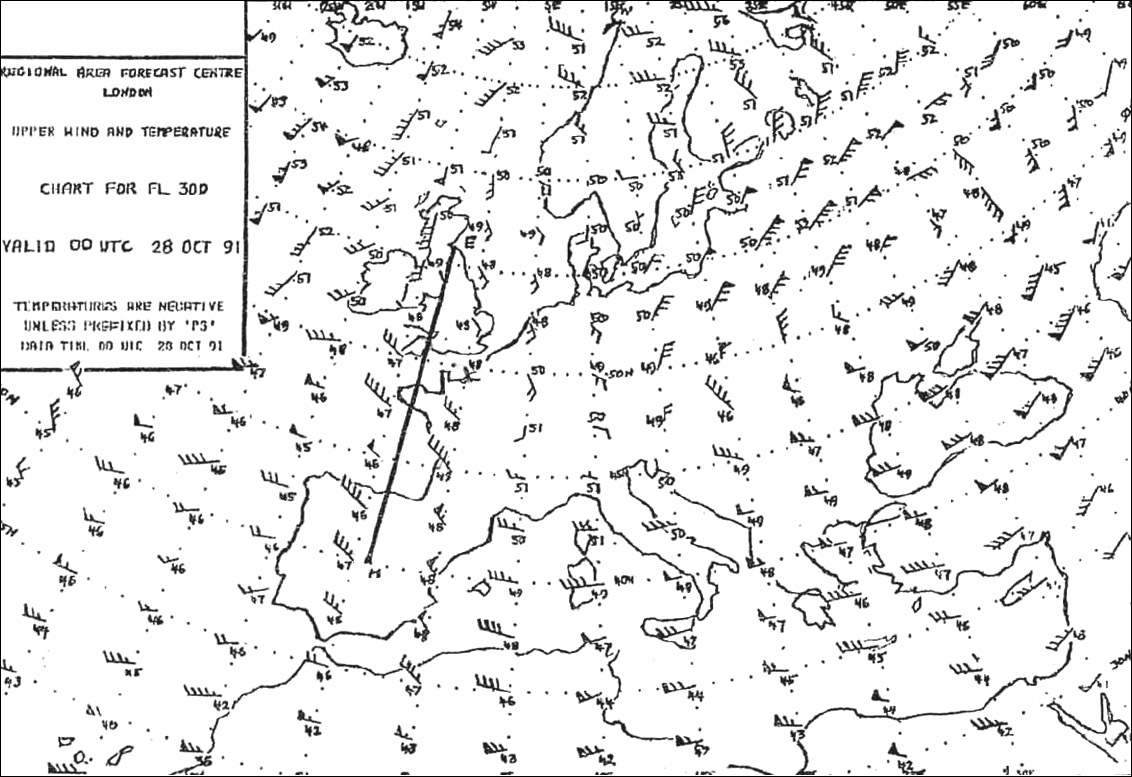
Question 199-12 : Locators are ?
Lf/mf ndbs used as an aid for final approach
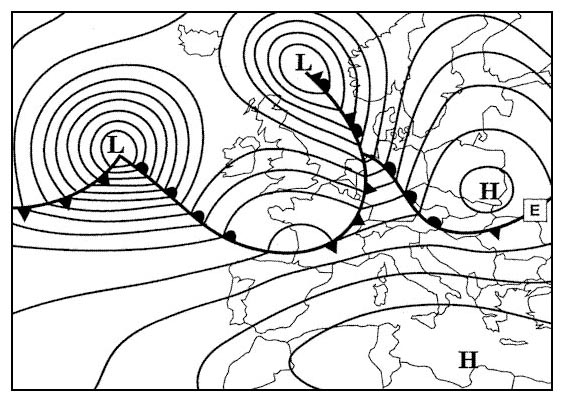
Question 199-13 : According to icao annex 10 a locator has a range of ?
10 to 25 nm
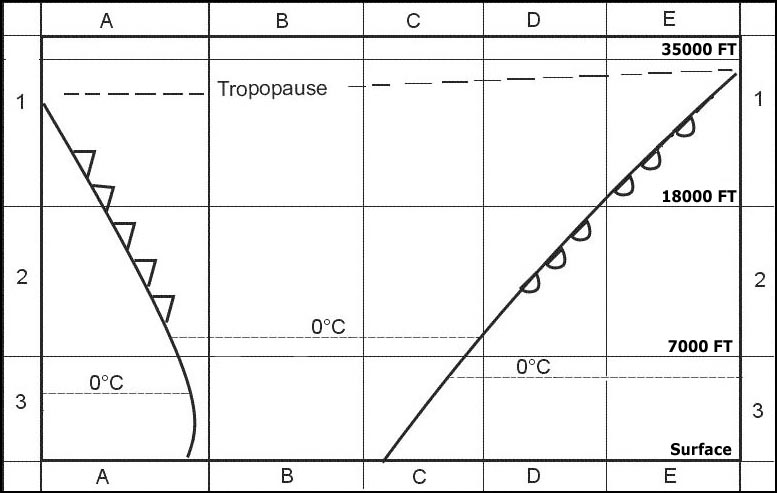
Question 199-14 : Tvor is a ?
Vor with a limited range used in the terminal area
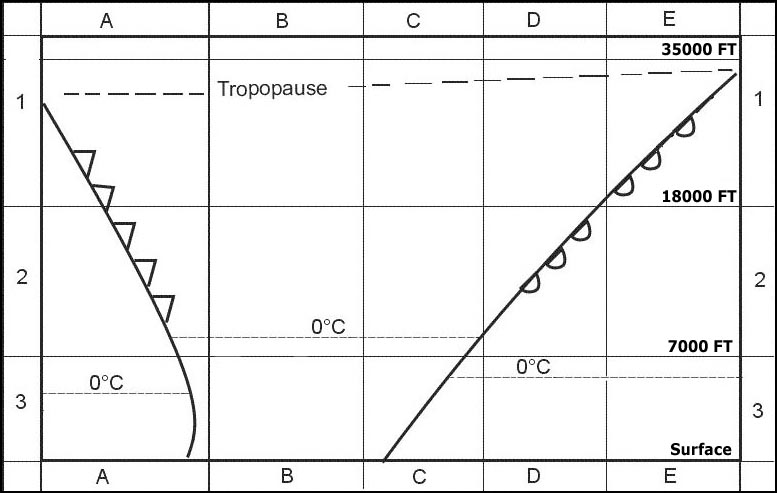
Question 199-15 : On an rmi the front end of a vor pointer indicates the ?
Radial plus 180°
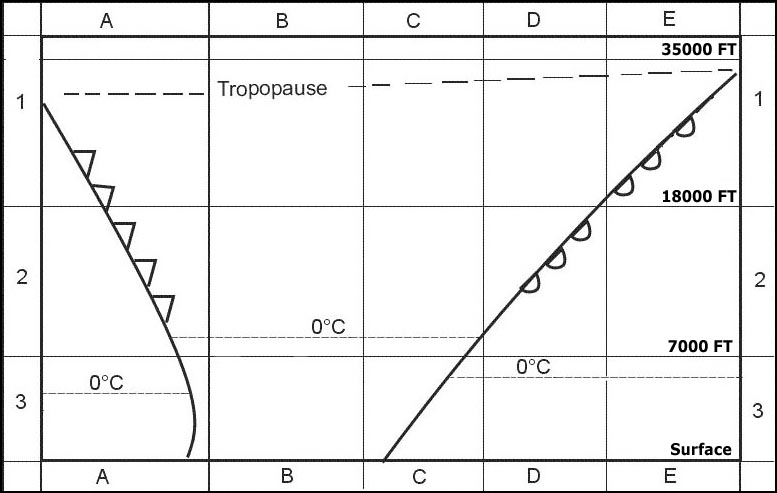
Question 199-16 : Which statement about the interrogation by the dme interrogator is correct ?
The interrogation does not start before pulse pairs of the tuned dme station are received
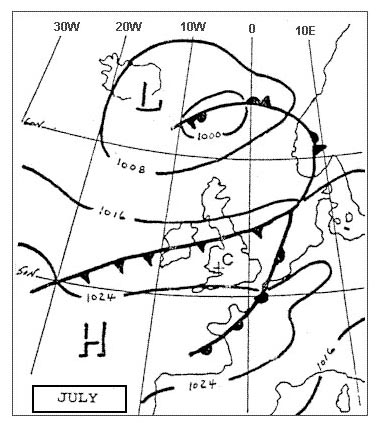
Question 199-17 : An aeroplane is on approach with nav 1 tuned to the ils frequency and nav 2 tuned to the vor frequency which also provides an approach to the same runway when the cdi of nav 1 is at exactly full scale deflection the nav 2 cdi will show approximately ?
Quarter scale deflection

Question 199-18 : Mls is primarily being installed at airports where ?
Ils encounters difficulties because of surrounding buildings and/or the terrain or interference from local music stations
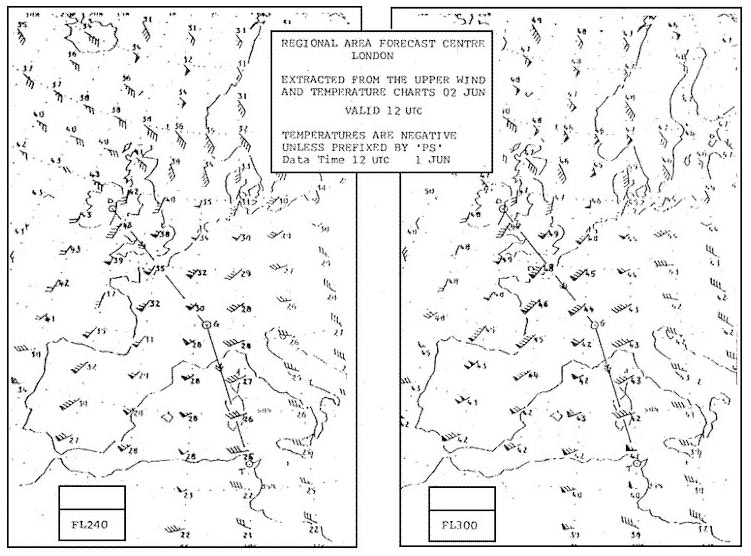
Question 199-19 : Concerning adf and ndb ?
Ndb is a ground equipment and adf is an airborne equipment
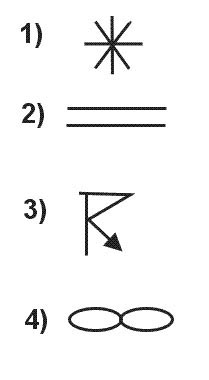
Question 199-20 : The adf indication in the cockpit is a ?
Question 199-21 : Night effect in an adf may cause ?
Fluctuating indications of the needle on the rmi
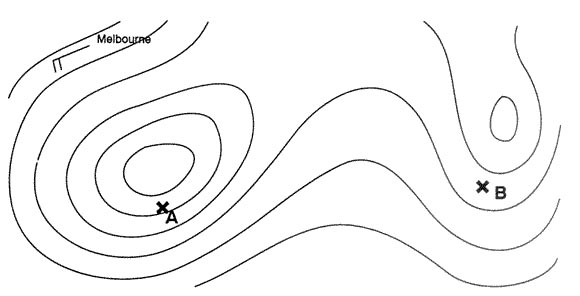
Question 199-22 : Which statement is correct with respect to the different types of vor ?
A tvor has a limited range
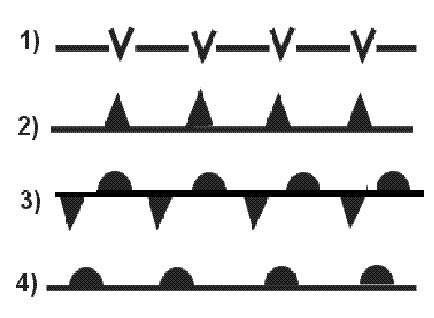
Question 199-23 : On an ils approach when flying overhead the middle marker the colour of the flashing light will be ?
Amber
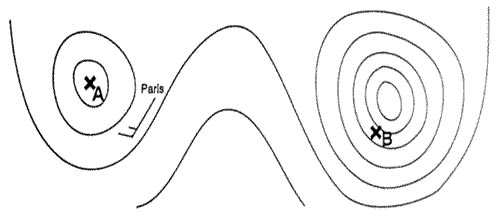
Question 199-24 : On an ils approach when flying overhead the inner marker if available the colour of the flashing light will be ?
White
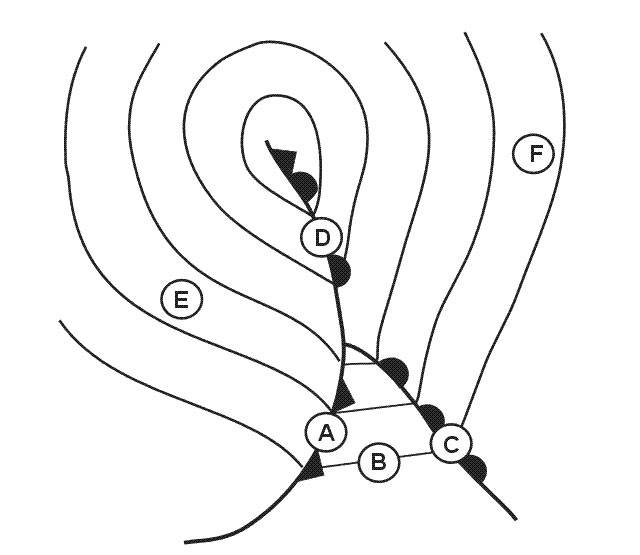
Question 199-25 : On final on an ils approach you are flying overhead the outer marker you can expect to be at ?
4 nm from the threshold
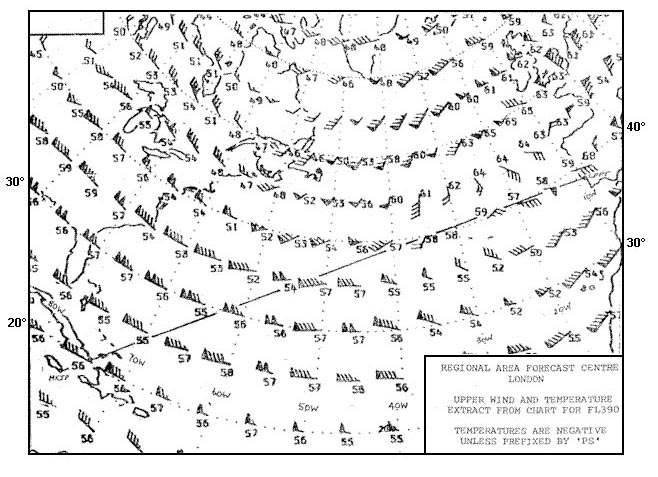
Question 199-26 : The uhf band is the assigned frequency band of the ?
Question 199-27 : Ils transmitters use the ?
Uhf and vhf bands
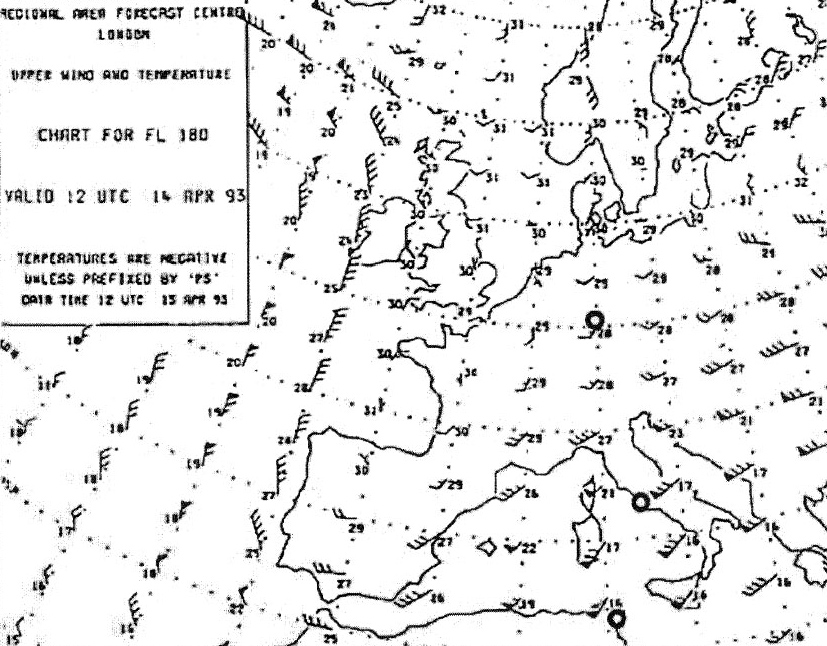
Question 199-28 : The localiser transmitters operate in a frequency band between ?
Question 199-29 : 108 35 mhz can only be ?
An ils frequency
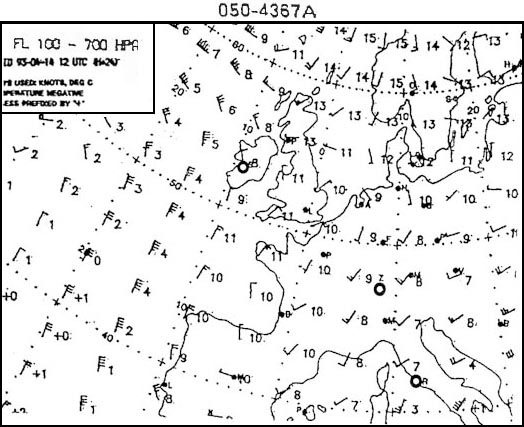
Question 199-30 : Which statement about adfs is correct ?
Adfs can receive and take bearings on any broadcasting station transmitting within the frequency band 190 – 1750 khz
Question 199-31 : What is the reason that a dme station can generally respond to a maximum of 100 aircraft ?
The number of reply pulse pairs per second that a dme transponder can transmit is limited to a certain maximum value
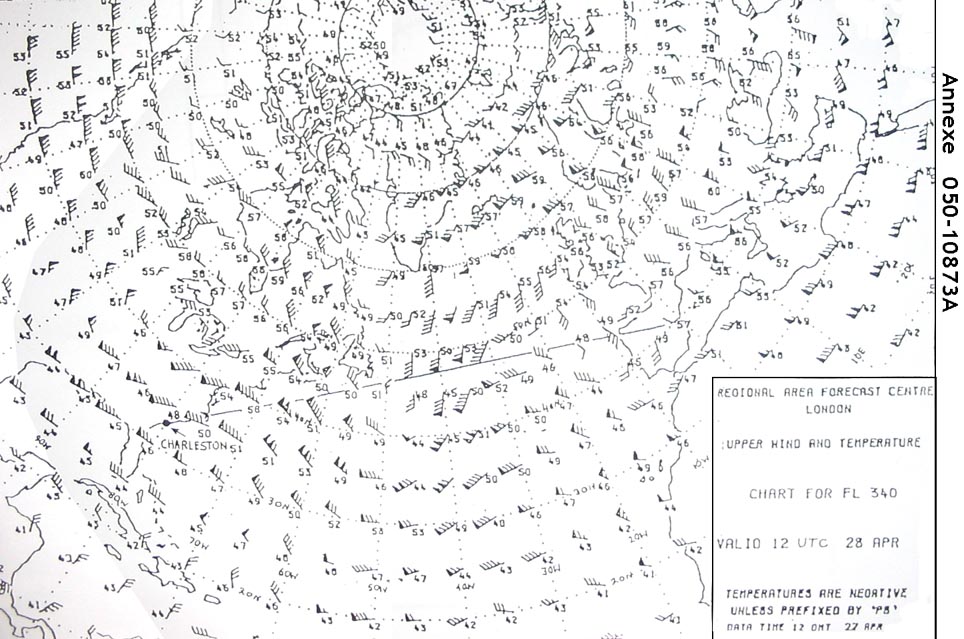
Question 199-32 : If the number of pulse pairs received by the dme transponder exceeds the maximum number possible which aircraft will always be denied a dme range first ?
The aircraft from which the weakest pulse pairs are received
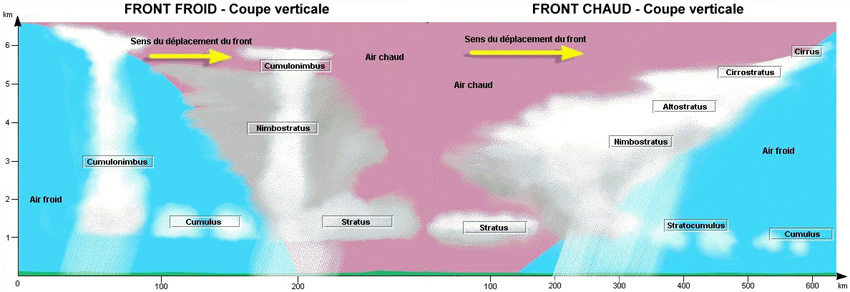
Question 199-33 : If during an ils approach after having been established the pilot deviates by more than half scale deflection on the localizer ?
An immediate missed approach should be executed because obstacle clearance may no longer be guaranteed

Question 199-34 : Fm broadcast stations transmitting just below 108 mhz are ?
Likely to cause interference to ils receivers not equipped with an immunity filter
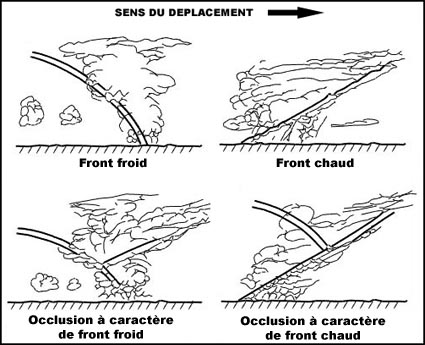
Question 199-35 : The definition of the term qdr is… ?
The magnetic bearing from the station
Question 199-36 : Reflections from large objects within the ils coverage area may cause ?
Multi path interference
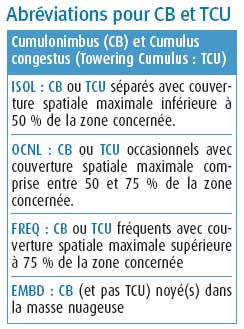
Question 199-37 : The accuracy the pilot has to fly the required bearing in order to be considered established during an adf approach according to icao doc 8168 as within plus or minus ?
5°
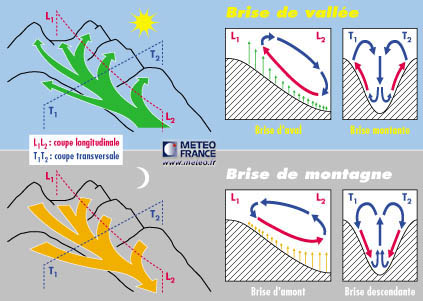
Question 199-38 : With respect to the monitoring system of a vor which statement is correct ?
Failure of the vor station to stay within the required limits can cause the removal of identification and navigation components from the carrier or radiation to cease
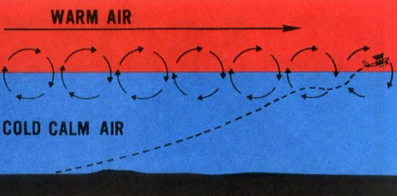
Question 199-39 : Which frequency can be used by a terminal vor ?
108 20 mhz
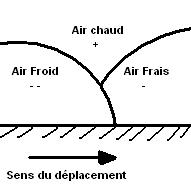
Question 199-40 : A pilot is tracking inbound to a vor on a designated radial using the hsi the vor ground station is located in an area with varying terrain and man made obstructions the pilot notices that the cdi is fluctuating slightly even though he/she is constantly and accurately tracking inbound to the ?
Scalloping
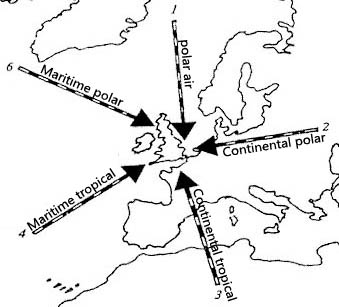
~
Exclusive rights reserved. Reproduction prohibited under penalty of prosecution.
7919 Free Training Exam

